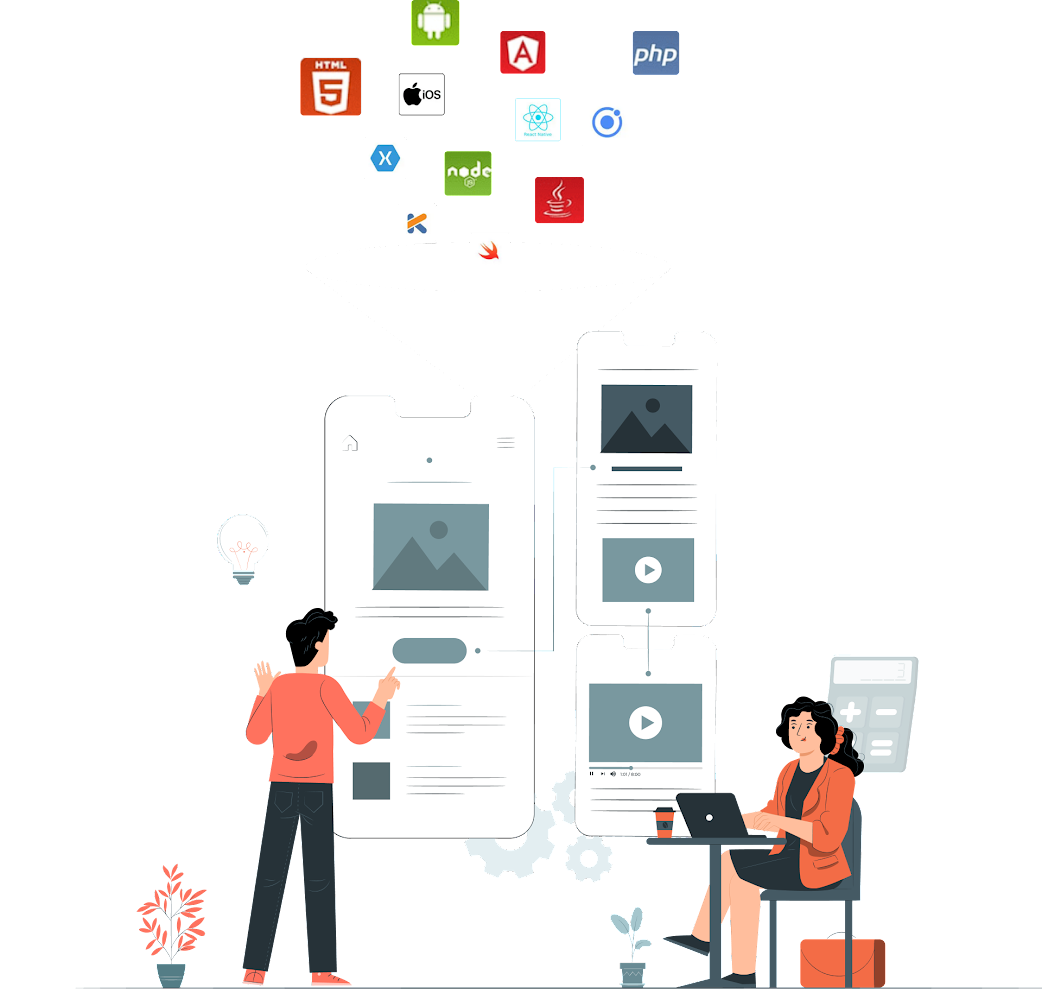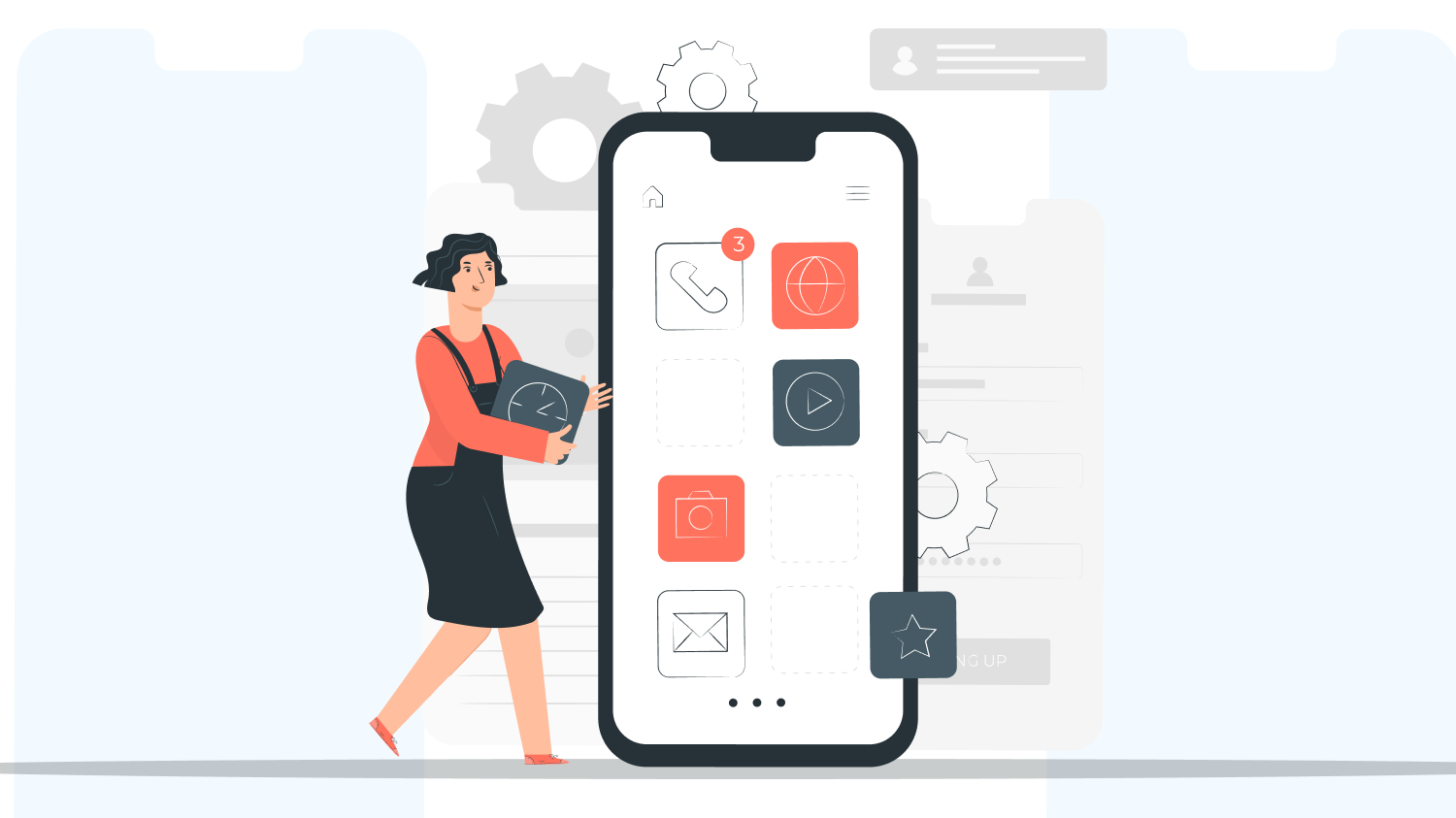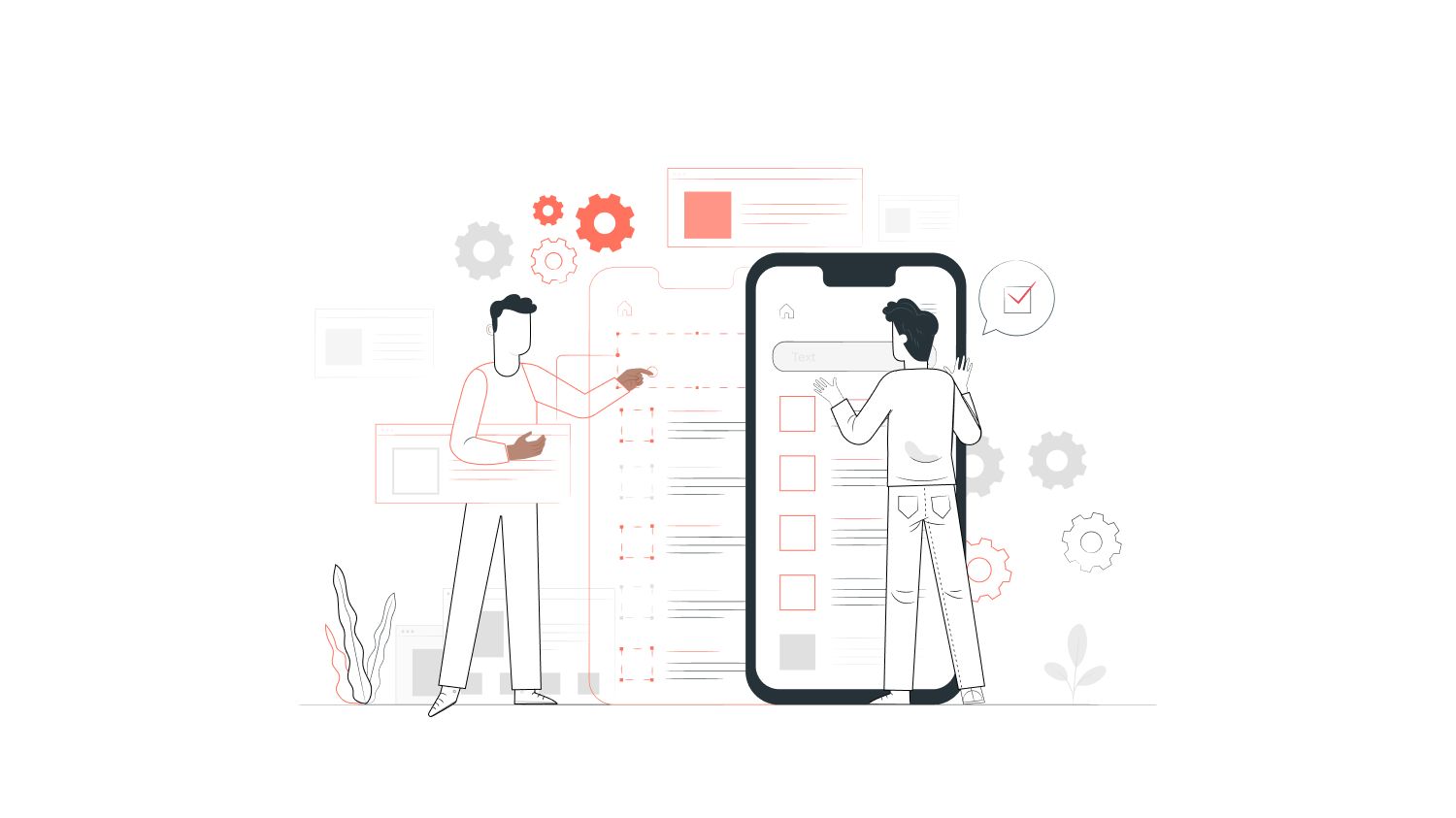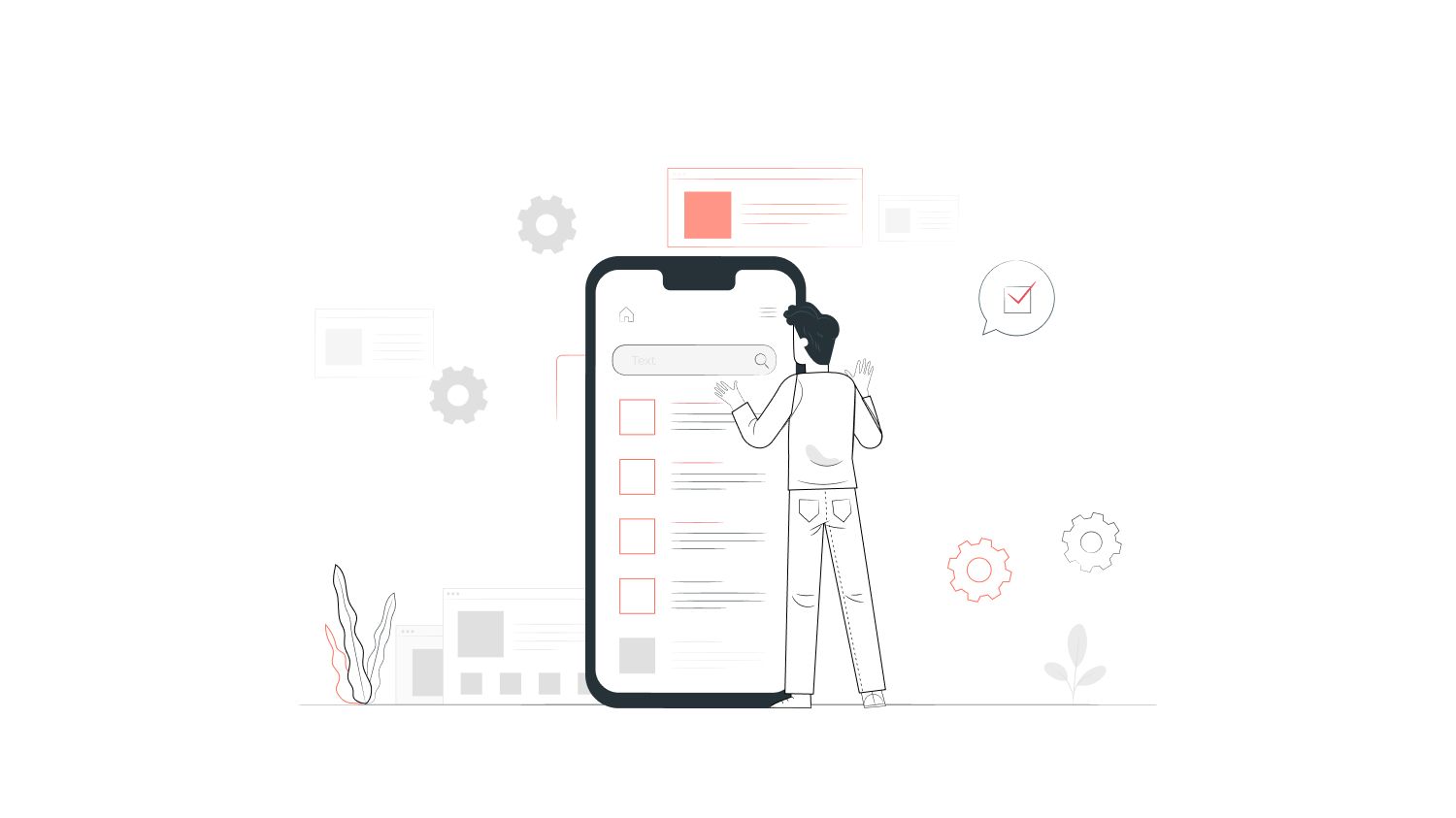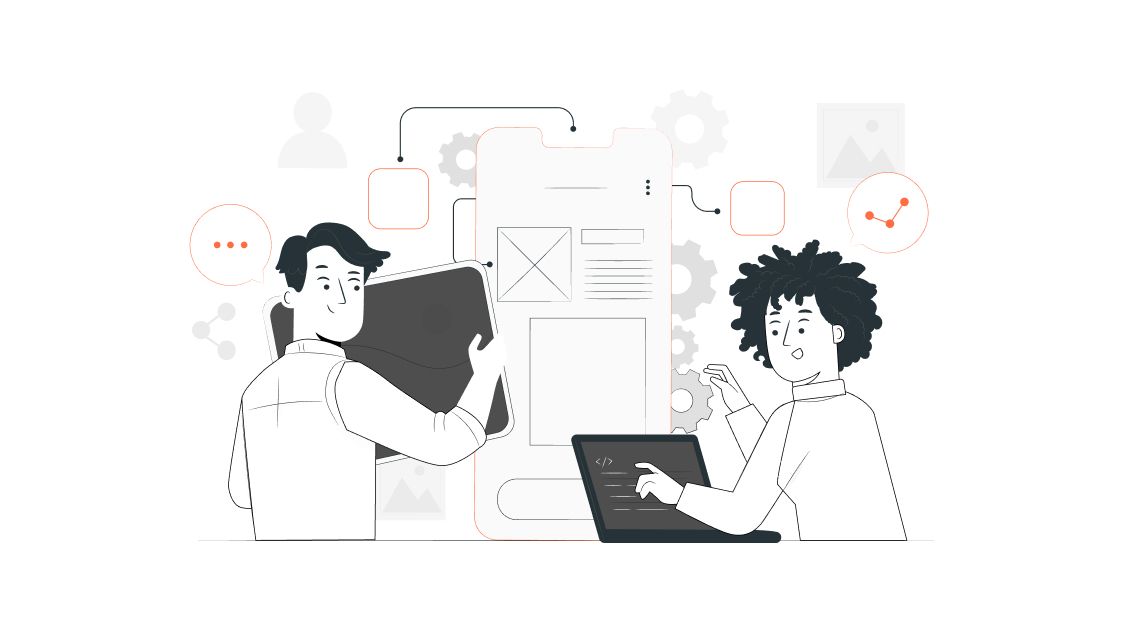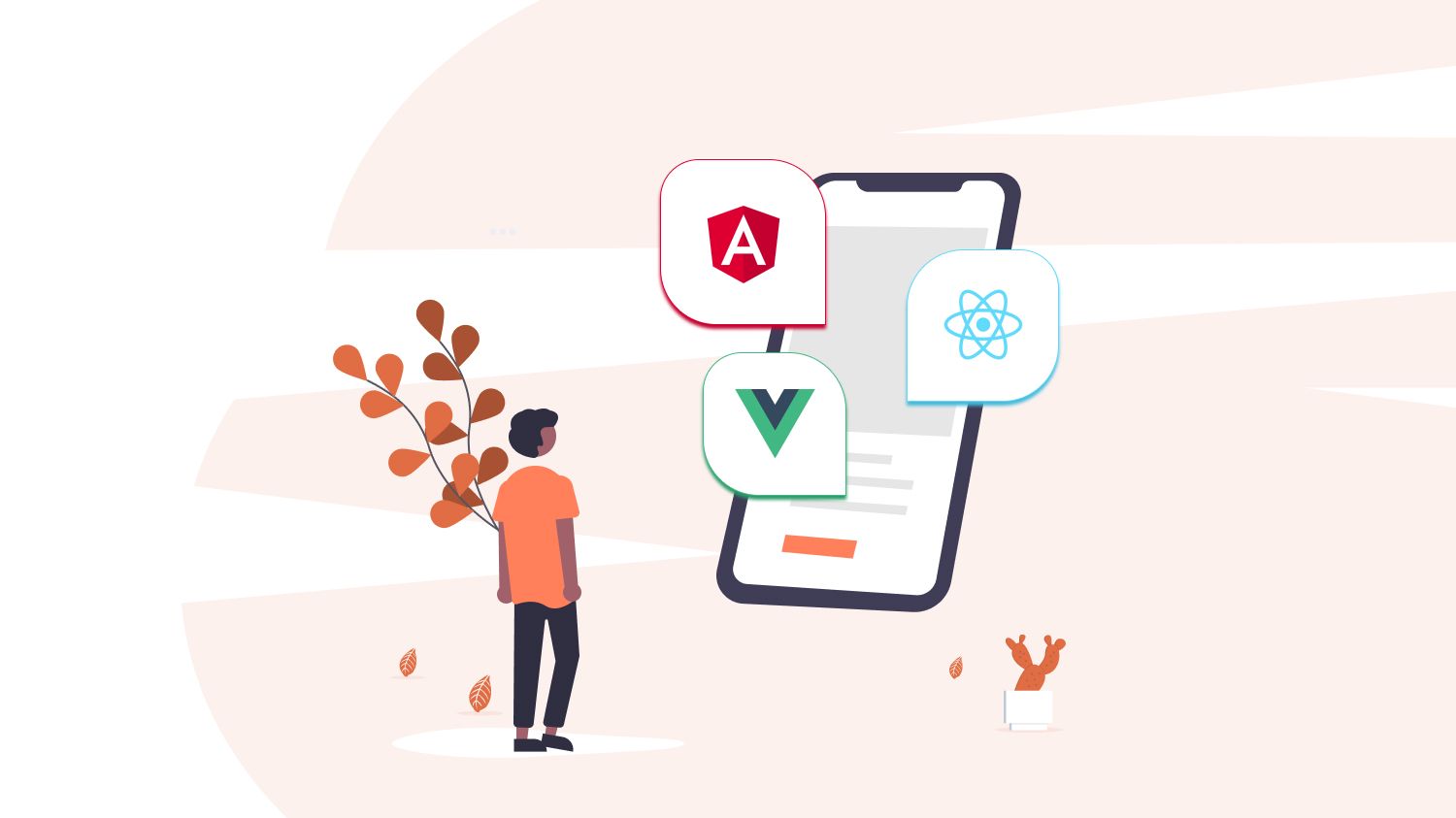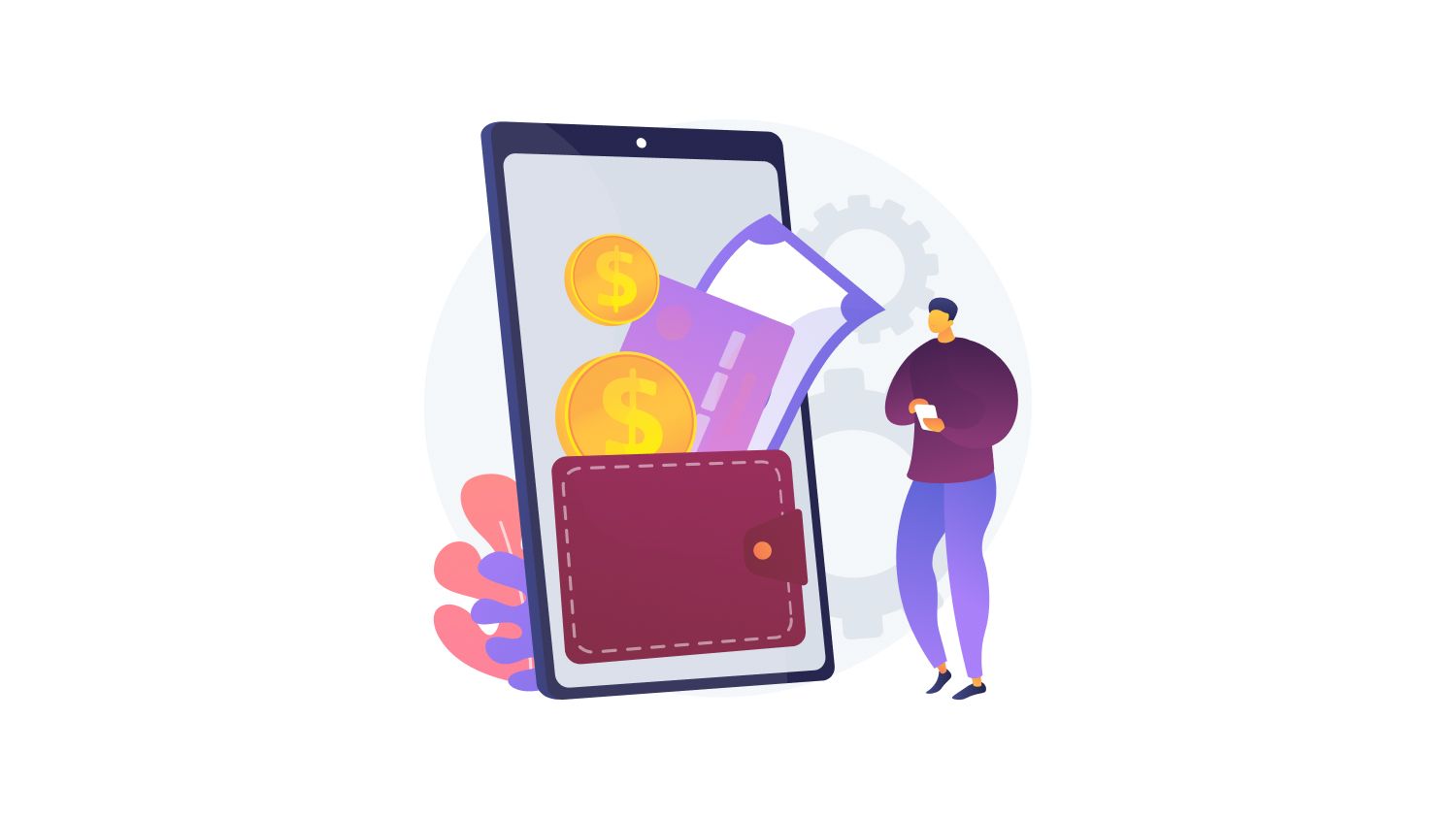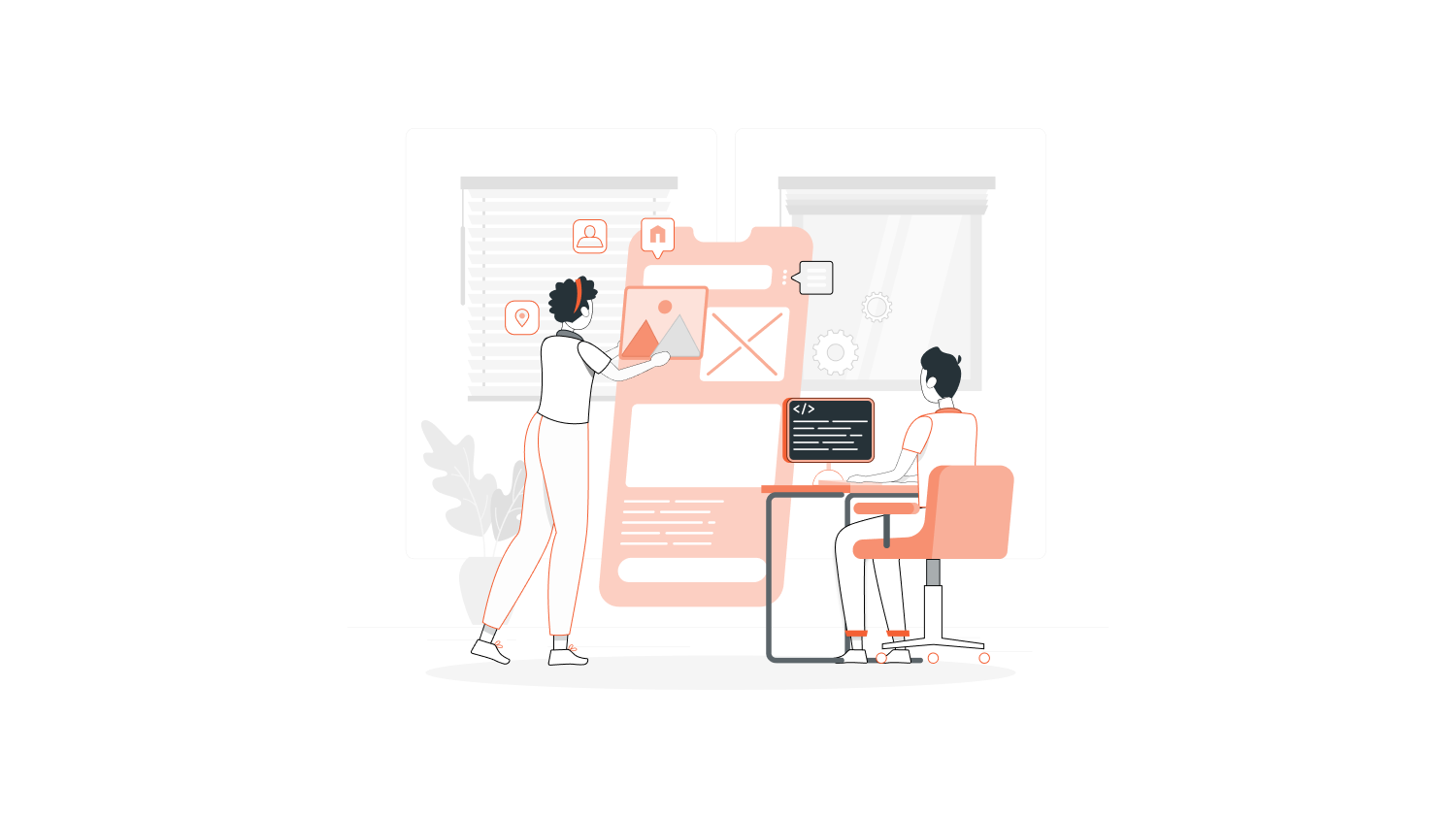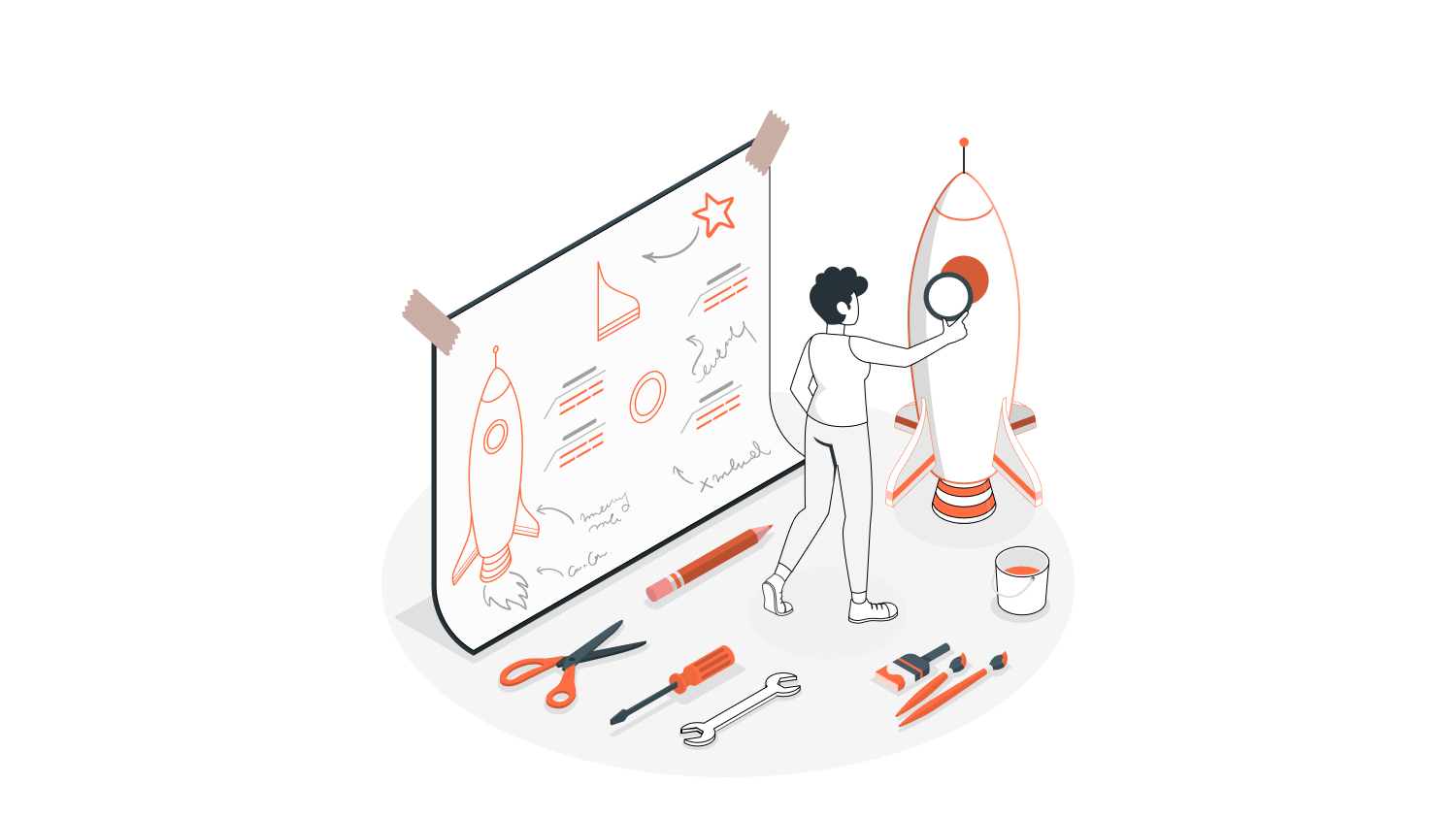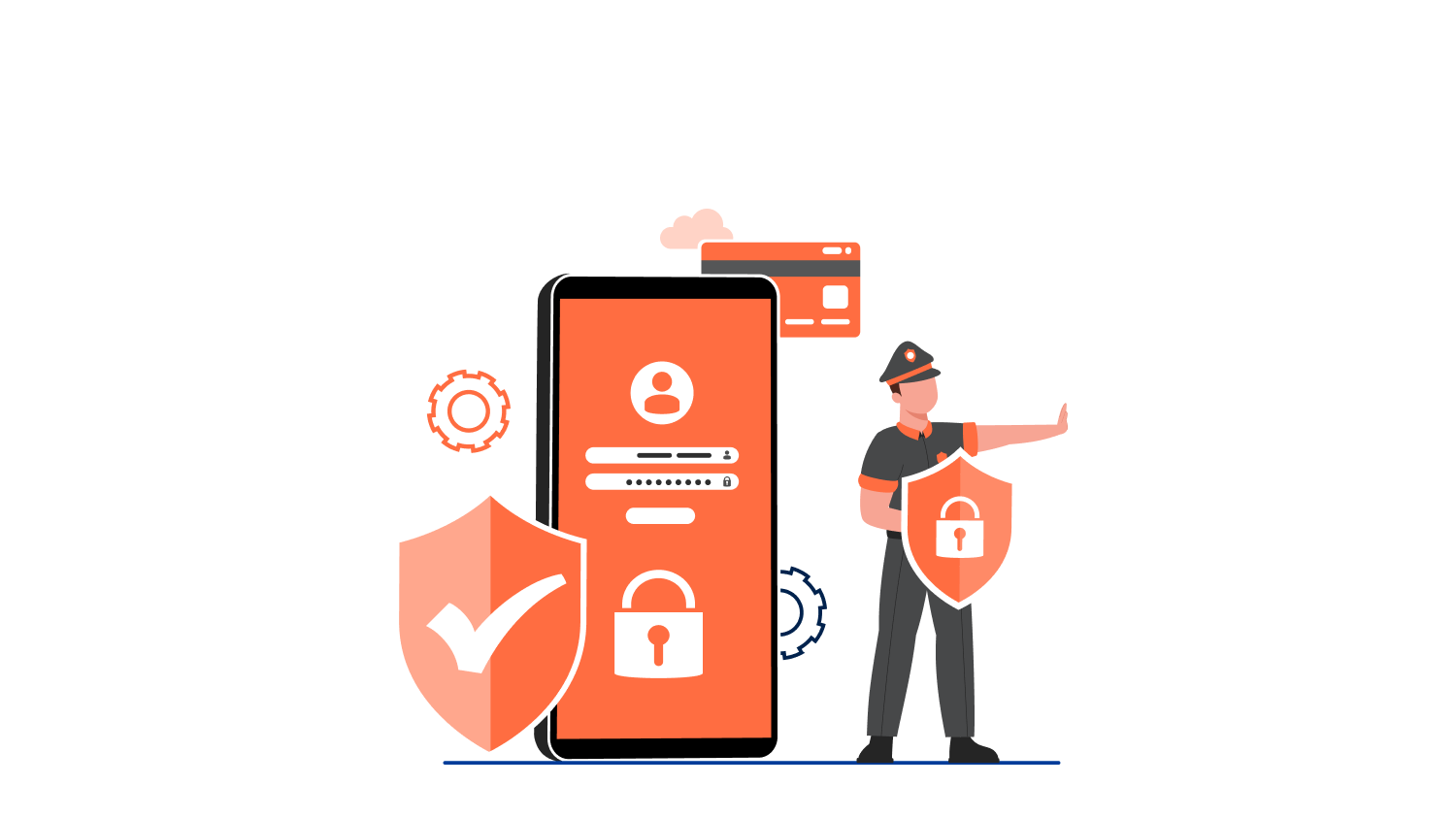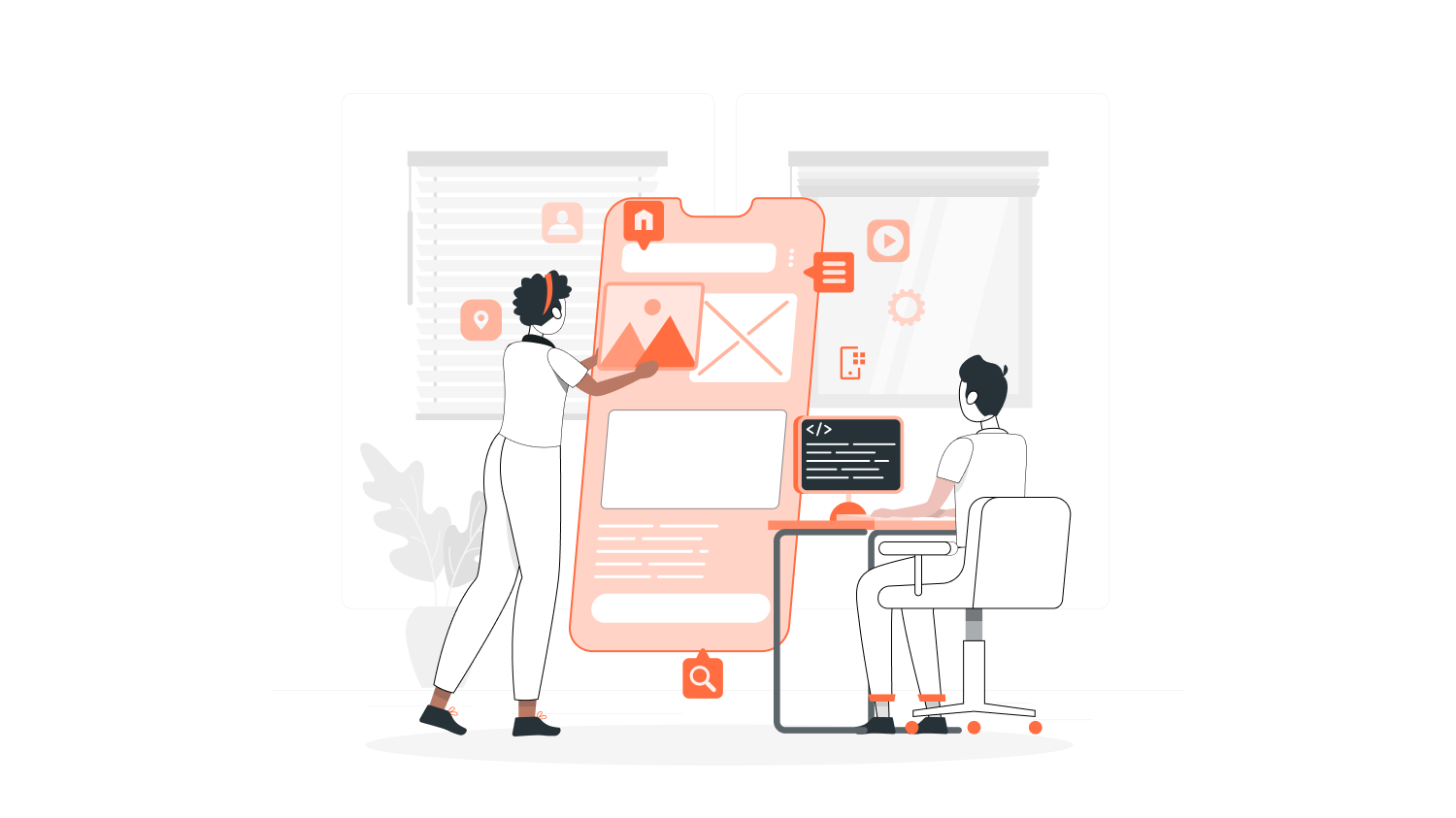How to Ideate for Your App
“There was an idea to bring together a group of remarkable people to see if they can become something more” – Nick Fury.
I think quoting this memorable line from The Avengers is the best way to start this section and make you understand the density of an idea.
Nick Fury didn’t just form a group of superheroes because it was super exciting. No, he grouped them because he saw them as the solution for the world’s problems. And he was right. Year after year, some issues will arise, and it is up to the Avengers to solve them.
So if you are thinking of creating an idea for your mobile app, we suggest that you start by looking at the problems existing in the market.
E.g.:- Travellers often visit other countries and mostly, the country’s native language is unknown or not knowledgeable to them. So, there exists a problem.
You have to do market research, which you will learn further down the topic, and understand the clusters of people experiencing this problem, the country, the language, etc.
If you like this idea, then you can work on this. But never constrain your idea to a bare minimum, one. Brainstorm and try to come up with a handful. Because when you follow through further steps, the useless will filter out, and you will get a scalable and profitable app idea.
Is Your App Idea Doable?
Your app idea might be one that will solve crucial problems and have the potential to become a superstar debutant. But you should revise your idea to make sure it is practical or not.
It has to be realistic and viable.
There is no point in cooking up an idea that cannot be created with the available technologies. You are allowed to think big, and you should. But you must know the limitations of the technologies available.
Follow up to the next step to better understand the feasibility/viability of your idea.
Market Research
Market research is one of the most crucial steps in the ideation process. This step will either lift you or break you, and it all depends on how you do it. So it is vital to dedicate a significant amount of time to this section before moving on to the next step.
How to do it?
1. Look for competitors
Yes, your idea might be unique, solving an existing problem. But there is no point in creating an app when your competitors provide the same service you have in mind. You have a shot if your app can provide something no other competitors can.
2. Identify the industry of each idea
This is yet another important part to look into. You should track the trajectory of each industry your idea falls in. Identifying those industries that provide a healthy ground for growth is your task. The future of your app is all about growing, so you must find those ideas in domains where there is a sure possibility of growth.
Documenting these will help you further down the road when you are sitting in front of a potential investor. These documents show your investors that you have done deep research into the industry and will build trust in them.
Remove those ideas that do not bear any fruits in the future and read on.
3. Narrow down your customers
You now have fewer ideas than when you started this ebook. And these ideas have passed every hurdle. Now it is time to find your target audience.
If your ideas can solve a problem, we know that a specific group of people will need your product. But now, it is time for you to learn more about them.
Your research should also give you a good idea of your potential customers. Consider the following:
- Age
- Occupational or Title
- Earnings
- Gender
- The location
- Level of education
- Relationship or family status
Focus on attaining the above-listed data. These data are essential because they will help you strategise your marketing plans. And also, it will help you prioritise the features for your Minimum Viable Product (MVP), which you will learn in detail in the coming sections.
Try to revisit this collected data. Time and market wait for no one. You must be keen to look into any changes happening in the marketplace. And if you can, collect some additional information by talking to focus groups within your target market.
There is only one thing constant in this world: change. The marketplace is no exemption.
With the market research done, you may be left with 1 or 2 ideas to work with. Let’s filter it. If you are having trouble choosing, follow these steps to pick the right one.
-
- Pick that one idea that you understand better
The better you understand your idea, the better you can innovate. You will know what features to be added and what to be excluded. You will learn how your app needs to work.
-
- Pick that idea that is easier to explain and understand
Your idea should be easy for you to explain and easy for others to understand. This is crucial because, at some point, you will be sitting in front of an angel investor or a venture capitalist, trying to convince them to invest in your app. If you stumble while explaining or if your potential investors didn’t understand what you meant, then and there, you lose your funding.
-
- Pick the one that fits your budget
Understand which one is more expensive. Of course, you can get investors to fund you. But it is always best to start low for safety. We will discuss more in the budget section of this ebook.
Now that you have picked your idea, it is time for you to look into the technical and non-technical parts involved in the process. Read on.
